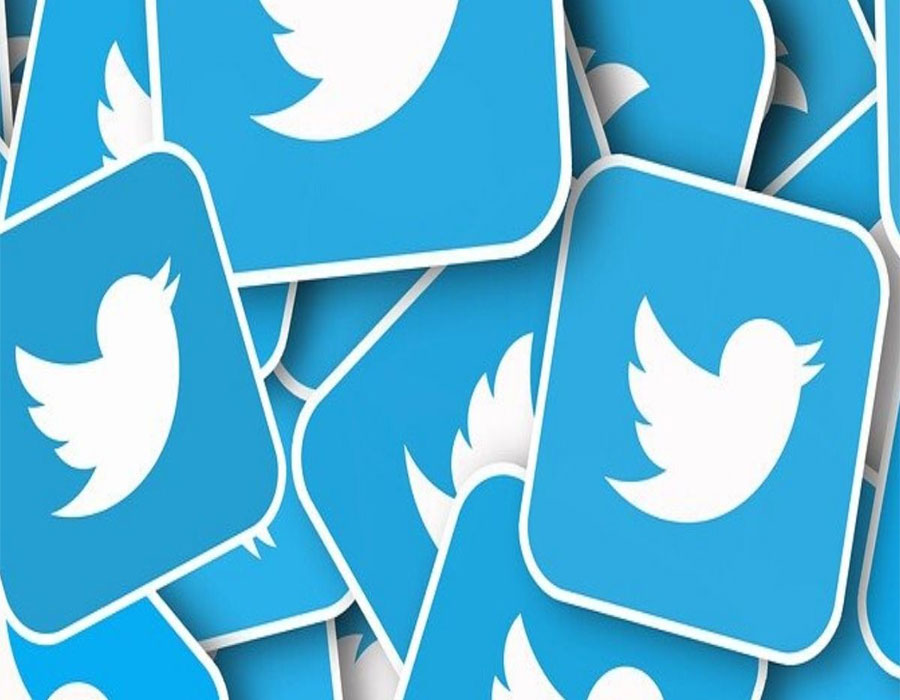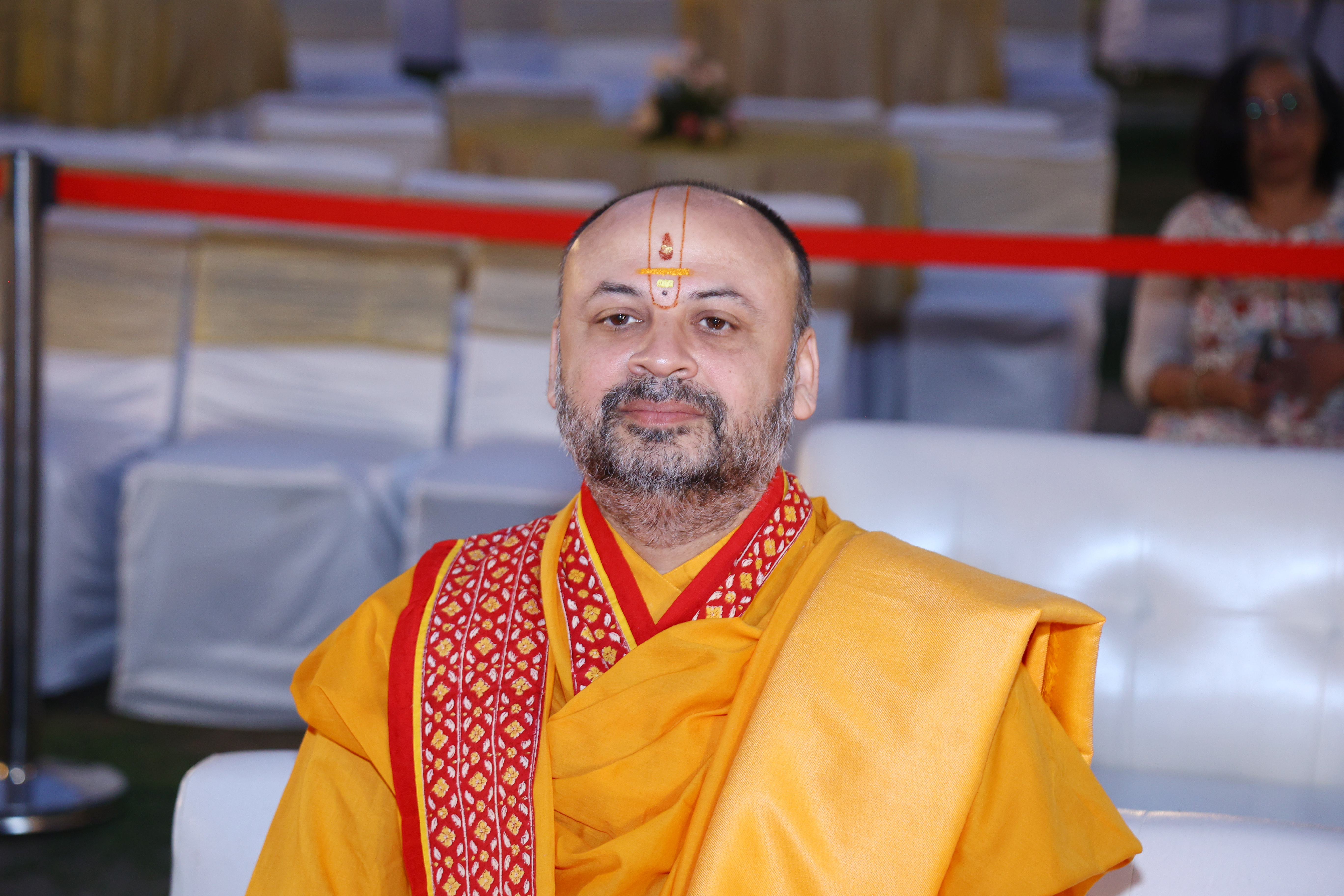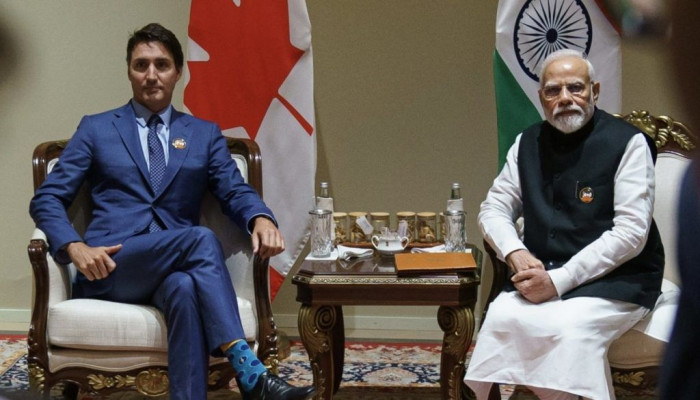Bots Trump Humans in Online Ethics
A study of Twitter data between 2006 and 2017 by a team from Massachusetts Institute of Technology examined 126,000 stories shared by more than 3 million people. They found false news was likely to be re-tweeted 70% more than the truth.
If that doesn’t make you run for cover to hide your face in shame for Humanity, this should: It isn’t bots that are spreading false news, it’s us – live, thinking, breathing human beings. But why would anyone want to spread false news? Sometimes the spreader doesn’t know it’s false but most times, the spreader doesn’t care – it’s just too spicy to pass up.
This is not entirely surprising given the need for human beings to appear “in the know” and to be “the first one to know”. We see this disease even on smaller platforms like What’s App groups where there is inevitably one trigger-happy, fact-free, confident know-it-all who is undaunted by minor details like the truth, discretion and decency. Twitter has just managed to achieve scale. The MIT study showed that the top 1% of false news could reach 100,000 people while the truth reached about 1000.
Early this year in February, Twitter issued a statement to underline its commitment to making the platform more reliable and... well, truthful. “We’re exploring a number of ways to address misinformation and provide more context for Tweets on Twitter,” they said. Good luck with that. At the risk of sounding cynical, Twitter either is hugely optimistic by character or grossly underestimates human ingenuity and motive – despite ample evidence.
The ones who spread false news believing it to be true are usually ready to take down their statements and issue an apology. India’s iconic celluloid hero Amitabh Bachchan has more than once retracted his tweets after finding they were inaccurate. Even the Ministry of Labour in India was recently left red-faced after retweeting an item released from the fake account of a well known singer.
Truth doesn’t always triumph
The revolution in communication technology has been nothing short of phenomenal but that comes with its own flip side. In 2017, BBC asked a few experts about the greatest challenges of the 21st century in the run-up to a program launch. “Many named the breakdown of trusted sources of information as one of the most pressing problems today,” the globally renowned broadcaster reported. Social media is now influencing mainstream media coverage. Both print and television many a time take the lead on newsworthiness from community platforms. News has truly become “of the people, by the people, for the people.”
But what if even a small percentage of these people begin to specialize in baseless character assassinations and shredding reputations that have been established over years and decades? Tragically, social media platforms can be hijacked by a vociferous minority of the bigoted – and there’s little we can do about it. Holding accountable wilful mischief makers is easier said than done – but it has been done. In the first of its kind of libel action involving Twitter in England nearly a decade ago, New Zealand cricketer Chris Cairns sued former IPL Commissioner Lalit Modi after the latter accused him of “match fixing” on Twitter. Cairns won the lawsuit after the Court found that Modi “singularly failed to provide any reliable evidence” for his claims. It ordered him to pay damages and costs running into millions of dollars.
This “happily ever after” ending is the exception rather than the norm. Now that the novelty of Twitter has turned into fatigue for many, victims of Twitter hate and abuse are demanding greater accountability and stricter guidelines from the platform. It is little wonder that the recent #EmptyTwitterTrash campaign found such large scale resonance. The daylong campaign launched by Isha Foundation, an international non-profit humanitarian service organization, shot up the charts to trend at No.1 nationally in India.
A dose of self-awareness, anyone?
Isha’s founder, Sadhguru, has been a target of vicious attack on Twitter – “for what I don’t know, I hope they know” – he characteristically shrugged off when a news anchor commented on the active hate brigade. Most people who spread hate and false news on Twitter have never met their targeted victims personally or professionally. These are the types who are neither placated by evidence nor tamed by common sense. A love for their 15 minutes of fame and the safety of an online platform seems to drive them. Their rants are usually picked up and circulated widely –most times because of their morbidly fascinating murder of the English language rather than for its substance. Anything but the truth.
Kevin Kelly, a technology author and co-founder of Wired magazine says, “Truth is no longer dictated by authorities, but is networked by peers. For every fact there is a counterfact. All those counterfacts and facts look identical online, which is confusing to most people.”1 The MIT study backs this theory. It found “Falsehood diffused significantly farther, faster, deeper, and more broadly than the truth in all categories of information.” Worse, when falsehoods were countered with facts, it didn’t reach all the people or even the same people who spread the falsehood.
Paul Resnick, professor of information at the University of Michigan says, “It is going to come down to the reputations of the sources of the information.”2 In other words, it’s not what is being said but who is saying it. This is both a cause for celebration and concern if you look at the list of the 20 most followed people on Twitter. Former US President Barrack Obama who is largely considered to be of impeccable personal integrity (regardless of whether one may or may not agree with his politics) is the most followed influencer on Twitter. On the other hand, President Donald Trump is at no. 7 with nearly 90 million followers. The President, described by fellow Republican Mitt Romney as “having a relaxed relationship with the truth” is known to be a frenzied and volatile tweeter.
While #EmptyTwitterTrash is a much-needed initiative, the jury is still out on ‘how’. After its study and analysis of online behaviour, the BBC report concluded, “Technology may help to solve this grand challenge of our age, but it is time for a little more self-awareness too.” Sadhguru will agree.








 OpinionExpress.In
OpinionExpress.In















Comments (1)
It is really time the social media platforms take up some part of the ownership in preventing spread of lies and stop slander. At least the moderation team should work better when such abuse is reported.